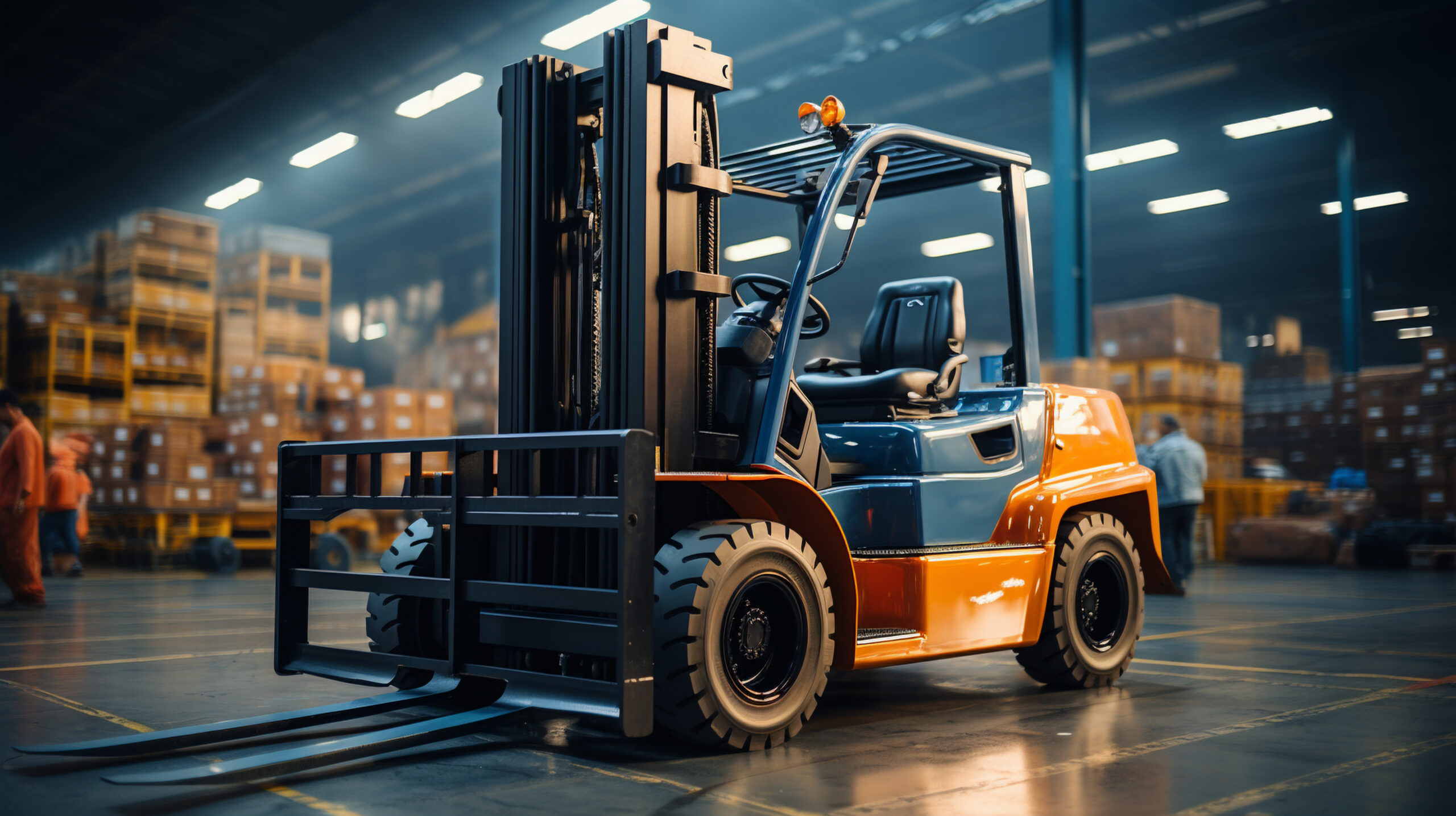Original equipment manufacturers (OEMs) and fleet operators are under mounting pressure to hasten their transition away from internal combustion engine (ICE) lift trucks or early-stage lead-acid batteries. But while other industries may feel the pressure of environmental regulations, lift truck OEMs are motivated by operational impacts.
Over the past decade, advancements in lithium batteries, chargers, and software have made smart charging capabilities possible. And while these technologies once required steep initial investments, they’re more affordable than ever before.
With the emergence of enhanced telematics and the potential of autonomous capabilities, lift trucks should support data collection and analysis. It’s essential to achieving operational and energy efficiency gains, reduced fleet maintenance costs, enhanced safety, and optimized battery management fleet managers necessary for modern logistics facilities to make informed decisions.
Lithium Batteries and On-board Charging Better Enable Telematics
Lead-acid batteries have a significant drawback regarding their performance in today’s data-driven operations: the legacy technology used to charge them can only collect and communicate limited telematics, battery, and charge data at best. And when able, that data must be communicated through on-board charging systems. This is because they lack the necessary sensors, software, and network connectivity that enables these devices to collect and exchange vital data.
Although these legacy systems are relatively simple and inexpensive to manufacture, they’re technologically inferior to their modern counterparts.
Lithium battery systems and their BMS, on the other hand, are purposely designed to provide the data that continues to transform how logistics operations do business. Moreover, lithium batteries achieve a longer life cycle, higher power density, and low self-discharge rates.
In combination with lithium batteries’ BMS, on-board charging and telematics enable vehicles to collect and transmit invaluable operational data for fleet and equipment assets, such as:
GPS location
Battery health
Battery charging efficiency
Sensor health and malfunctions
Mechanical health and malfunctions
Equipped with this data, fleet managers have the insights they need for informed planning and decision-making. On-board telematics can optimize charging habits, predictive and preventative maintenance efforts, facility-wide workflows, staffing schedules, resource planning, and more.
Integrating Lift Truck Data with Smart Warehouses
Running a modern warehouse is a complex juggling act. With so many materials, employees, and moving parts, managers need data to make wise decisions—and lots of it.
For example, warehouse management systems (WMS) enable substantial operational transformation via data analysis and streamlined logistics and supply chains. Not only do they offer comprehensive visibility into individual facilities, but they can also provide a holistic view of entire multi-warehouse operations.
Thanks to smart charging capabilities and lithium batteries, it’s now possible to directly integrate a fleet of lift trucks with the WMS. The system collects and transmits relevant lift truck data such as truck performance, charge levels, battery health, usage time and patterns, and charging data to help optimize fleet operations.
Integrating lift truck data from a BMS and smart charger with a WMS can foster several advantages, including:
- Improved efficiency and productivity – By analyzing data on the performance and usage of lift truck batteries, fleet managers can optimize routes and tasks and schedule maintenance and charging to minimize downtime.
- Increased energy efficiency – Teams can identify opportunities to reduce or cut energy consumption and costs by tracking and analyzing energy usage and efficiency.
- Enhanced safety – Optimized maintenance schedules and greater visibility will help reduce the risk of equipment failure or accidents caused by faulty batteries or equipment.
If a modern warehouse plans to embrace the smart lift truck model, it will require a dedicated team of data scientists and engineers to stand up, operate, and analyze these facilities. For many warehouses, this might mean expanding their current data engineering team—or starting one from scratch—and adding technicians with specialized expertise in lithium-powered lift trucks.
And while the transformation involves some challenges, facility managers will ultimately choose increased efficiency and productivity—and to prepare for an autonomous future.
Autonomous Lift Trucks
A long-term goal for telematics, smarter lift truck components, and WMS are augmenting operations with an autonomous fleet.
Imagine a warehouse where everything is automated and running on an optimized schedule with people collaborating with autonomous lift trucks. Achieving autonomous warehouse operations would help facilities contend with labor supply challenges, improve worker safety, decrease downtime, and maximize equipment and resource utilization.
But autonomous fleets are impossible to implement without the data provided by smart battery systems and other IoT-enabled devices. AI and machine learning systems depend on rapidly communicating extensive data sets in real-time (e.g., remaining battery life, charging station availability) to control and guide the behavior of mobile lift trucks during their operation. Many businesses have already embraced this autonomous future, with success partially dependent on the smart battery systems that relay information like when and where to charge during busy operations.
For example, Amazon currently has approximately 350,000 mobile drive unit robots that work alongside hundreds of thousands of human employees in their global fulfillment centers. The logistics giant’s long-term plans include rolling out a new fleet of 150,000 robots and automated systems to further enhance worker safety.
Going forward, it’s expected that many operations will eventually introduce them too.
Embracing the Digital Warehouse EV Future
The global shift towards digitalization is being driven by various innovative advancements, with lithium batteries playing a significant role in fueling this transformation.
The use of smart battery technology, in particular, is revolutionizing the warehouse and fulfillment operations industry, where the data generated by on-board telematics systems can be seamlessly integrated with smart warehouse management systems. This integration is paving the way for the eventual adoption of autonomous lift trucks in warehouses.
Given the impending demand for such systems, companies will likely be looking to embrace this digital future as soon as possible, and original equipment manufacturers must be ready to capitalize on these emerging opportunities.
Sources:
Science Direct. IOT Real Time System for Monitoring Lithium-Ion Battery Long-Term Operation in Microgrids. https://www.sciencedirect.com/science/article/pii/S2352152X22006120
GeekWire. With New Warehouse Robots, Amazon Looks To Invent Its Way Out Of Its Safety Problems. https://www.geekwire.com/2022/with-new-warehouse-robots-amazon-looks-to-invent-its-way-out-of-its-safety-problems/




